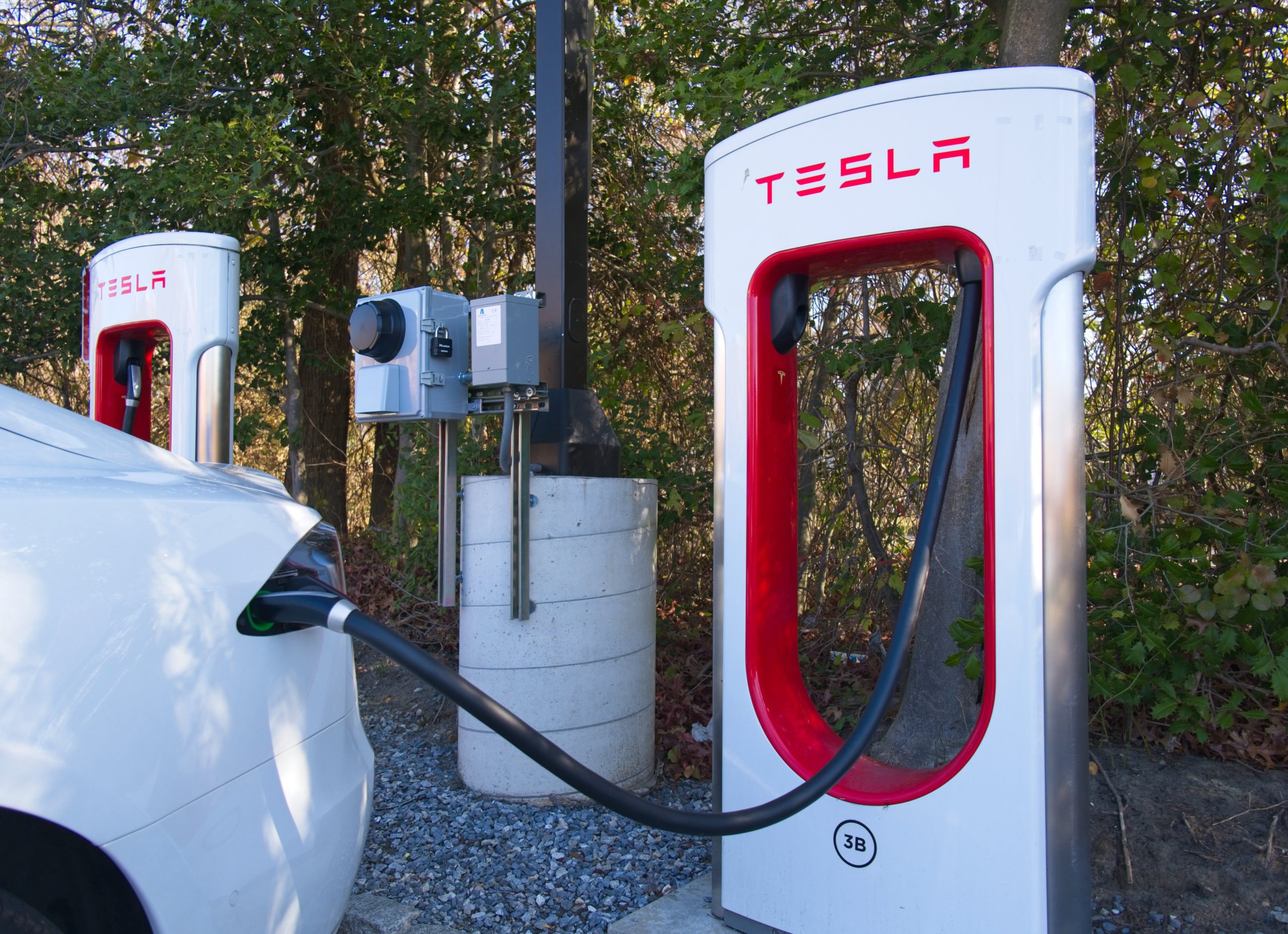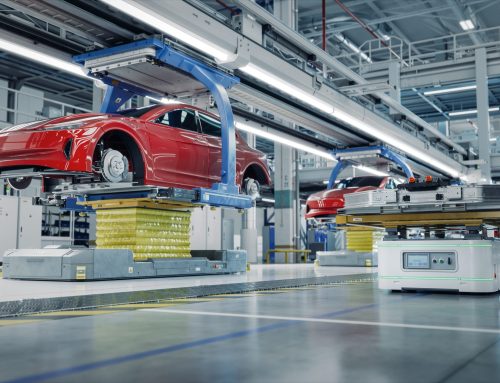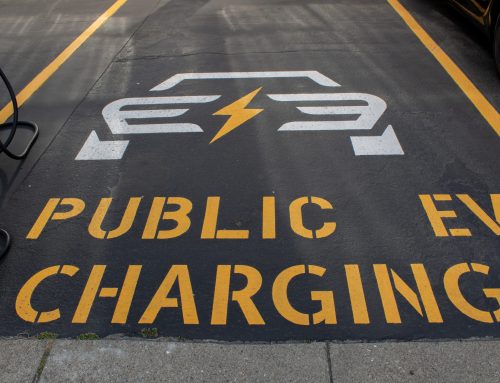
Source: Unsplash
On Thursday, June 8th, CEO Mary Barra announced that General Motors (GM) is joining Ford to adopt Tesla’s North American Charging Standard (NACS) in new EV models. Beginning in 2024, GM EV drivers will have full access to Tesla’s network of more than 12,000 Superchargers, and in 2025, NACS will be fully integrated into new GM EV models. According to Barra, this charging deal will save GM up to $400 million in charging infrastructure investment and considers this to be a “real opportunity to drive NACS to be the unified standard in North America.”
The move by the three companies, collectively representing 60 to 70 percent of the U.S. EV market, signals an industry shift towards NACS as the fast-charging standard in North America, potentially displacing the current Combined Charging System (CCS).
The announcement has already triggered a ripple effect throughout the charging industry with Blink, ChargePoint, FLO, EVgo, Tritium, ABB E-mobility, SK Signet, and more immediately announcing plans to add NACS to their product offerings. With the three largest U.S.-based automakers and a host of charging service providers quickly coalescing behind NACS, it appears the charging industry anticipated the expansion of NACS.
In the near term, NACS adoption creates a big challenge for charging providers to continue to serve existing EVs and non-Tesla vehicles sold in the next few years. What’s particularly complicated is the $5 billion National Electric Vehicle Infrastructure (NEVI) program, which is intended to develop a nationwide charging network and currently requires the CCS standard. However, while CCS is required under NEVI, funding recipients can support NACS, and the guidance may change to accommodate NACS in the future.
Simultaneously, Tesla’s reputation for a reliable charging experience will be put to the test as they accommodate an influx of new vehicles onto their network. While Tesla published the details of its proprietary NACS technology late last year, it will be crucial for the company to follow a formal standards-setting process as they work with other charging providers and automakers.
In the medium- to long-term the shift to NACS could improve the consumer charging experience, which has been top-of-mind for many automakers in the last few years and a major reason the shift to NACS is happening now. Not only does using NACS promise to open 60 percent of the U.S. public DCFC network to non-Tesla drivers, it also provides a uniform charging experience, a crucial element to encourage EV adoption.
As Ford and GM move over to Tesla’s charging connector, Musk has been calling for other prominent automakers, such as Toyota, to join the “NACS coalition” to rally industry support. Just this morning, Rivian has announced plans to adopt NACS starting in 2024, and Hyundai is considering it. Over the next few weeks, we’ll be watching whether more automakers join the NACS wave.


